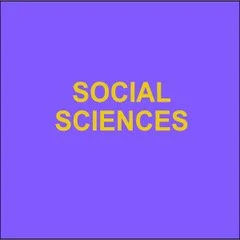By The International Drug Policy Consortium (IDPC)
In July 2023, the World Health Organization (WHO) received a formal notification by the Plurinational State of Bolivia requesting the Expert Committee on Drug Dependence (ECDD) to conduct a critical review of the coca leaf, and to provide recommendations on its status within the 1961 Single Convention on Narcotic Drugs.
This critical review comes nearly 75 years after the United Nations (UN) called for the abolition of traditional uses of the plant. This is despite the fact that coca has been used for millennia by Indigenous Peoples in the Andean-Amazonian region for traditional, religious, ancestral and medicinal purposes. At an event held at the occasion of the 67th session of the UN Commission on Narcotic Drugs (CND), Bolivia’s Vice-President, David Choquehuanca, described the critical review as ‘an important step in righting the historical wrong of the 1961 Convention that destined the coca leaf for extermination and a move towards reconciling the drug control treaty system with the rights of Indigenous Peoples’.
This advocacy note provides background information on the scheduling of the coca leaf in the international drug control treaties, outlines the coca review process, and makes the human rights case for the removal of the leaf from the treaty schedules. Removing the coca leaf from the schedules would mean that it could be used in its natural form, as it would no longer be under international control as a narcotic drug itself. The review, however, will not consider the status of cocaine, which would remain scheduled, and as such the cultivation of the coca plant for the purpose of illegal cocaine production would remain prohibited due to certain treaty articles. The note concludes with a series of recommendations for the WHO and policy makers regarding key steps that may be undertaken in support of the review process.
London: IDPC, 2024. 18p.





















